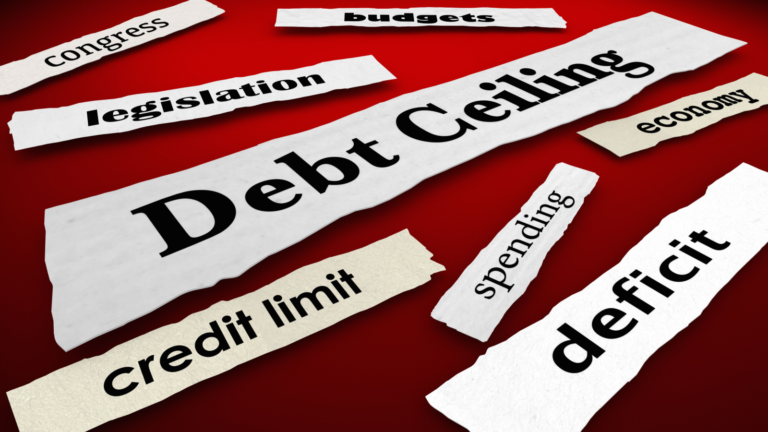The U.S. is seemingly on a collision course with the long-feared X-date, the day the country defaults as a result of failing to raise the debt ceiling. It’s unclear when exactly the Treasury will run out of money, but economists everywhere fear the repercussions of a U.S. default.
Depending on who you ask, the country may default as soon as this month, or as late as September. Unfortunately, the utmost expert on the matter, Treasury Secretary Janet Yellen, thinks default could be just around the corner. Indeed, Yellen stated earlier this month that the Treasury may run out of its extraordinary measures funding as early as June 1.
If you recall, the country surpassed its $31.4 trillion borrowing limit in January. Since then, the Treasury has essentially been paying off the country’s bills as it waits for Congress to pass legislation raising the debt limit.
But Congress remains deadlocked. Republicans demand spending cuts as a condition for lifting the debt limit, while Democrats are fighting to raise the ceiling without conceding on their policy goals.
Lawmakers therefore have made little progress. As such, a growing number of economists fear the nation will plunge into default.
What Happens if the U.S. Defaults?
While economists may argue over the myriad ways to pay down government debt, they mostly all agree that a U.S. default would be nothing less than disastrous.
A default has never happened in the country’s history. As such, it’s not entirely clear how the dominoes would fall if the country fails to pay bills. At the very least, however, you can expect major economic deterioration
.
The government would likely be unable to pay the salaries of federal and military employees, pensions, or even social security. Governmental agencies, and national parks would probably shut down. Government contractors would be at jeopardy of collapse as a result of losing the business of their biggest clients.
Credit rating agencies would almost certainly downgrade government debt in the case of a default, affecting everything from bond prices to interest rates. In this regard, perhaps most startling is that credit raters may still lower America’s credit even if the country avoids default, according to Fitch Ratings.
“If the market reaction is to call into question the role of the dollar in the future as the world’s reserve currency and the Treasury market as the world’s risk-free asset, then absolutely we could,” said James McCormack, Fitch’s global head of sovereign ratings.
Even weather forecasts, which are often dependent on data from the National Weather Service, would be at risk of reduced accuracy.
Now, the stipulation here, once again, is that America has never defaulted on its debt in its history. And this isn’t the first time the country has toed the debt ceiling deadline. If historical precedent means anything, Congress will work to once again avoid default.
On the date of publication, Shrey Dua did not hold (either directly or indirectly) any positions in the securities mentioned in this article. The opinions expressed in this article are those of the writer, subject to the InvestorPlace.com Publishing Guidelines.

